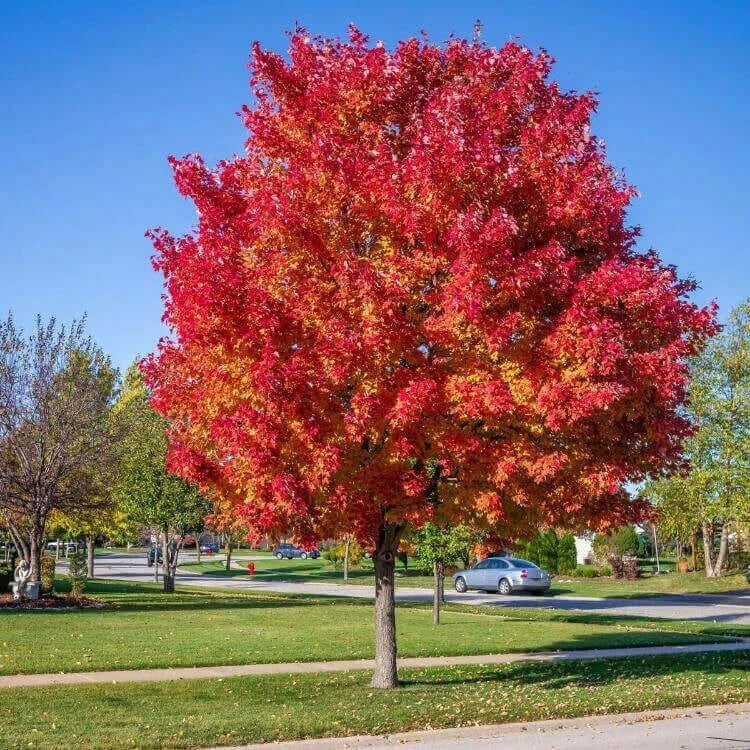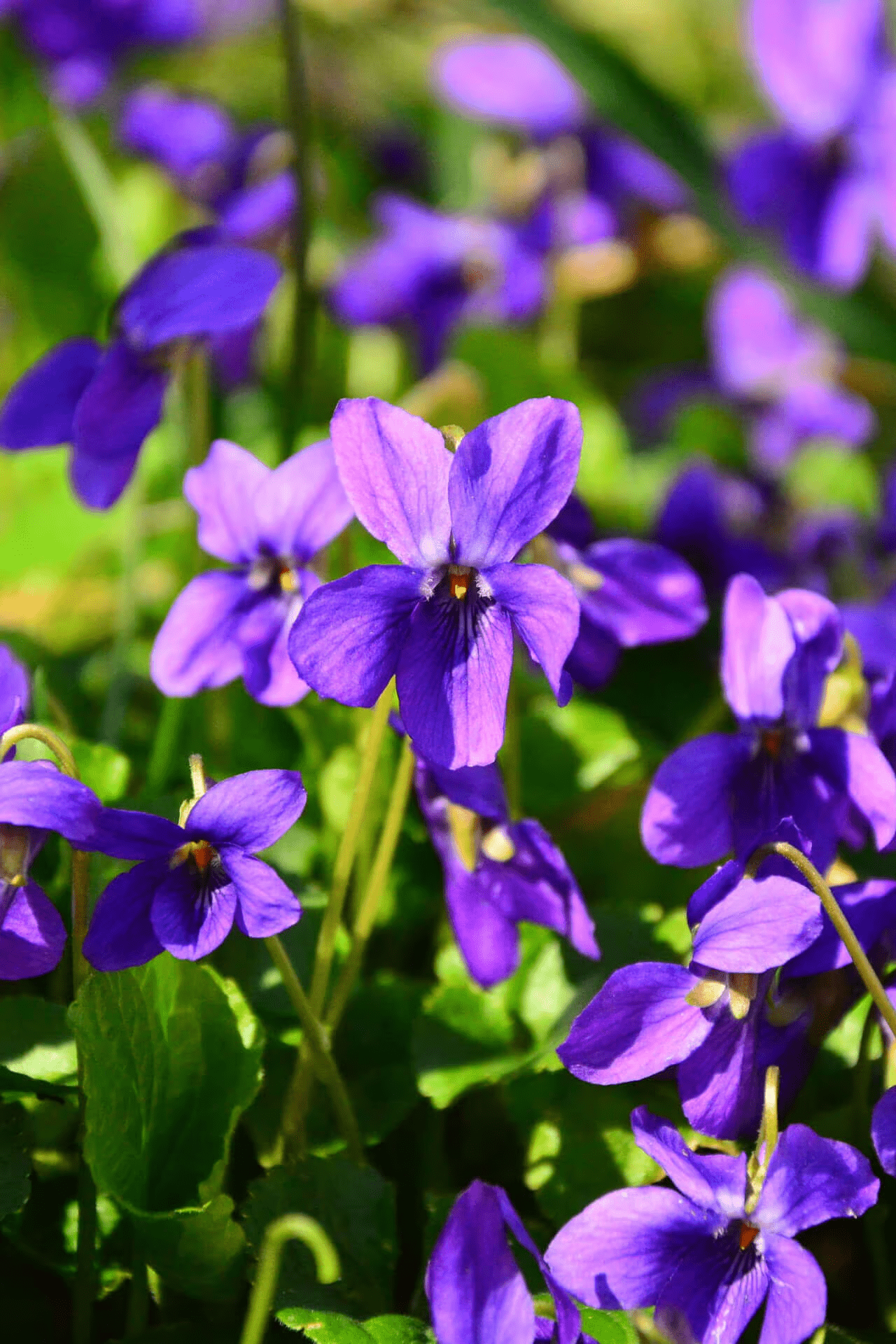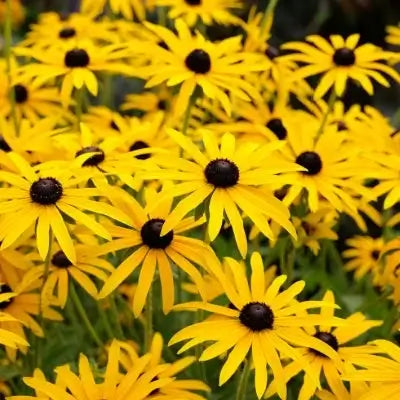
Trees
Trees provide fresh oxygen, are attention-grabbing, and are sure to make a statement in front of your property or the back; they are an excellent addition to your garden. T.N. Nursery has a top selection of options for sale, and when you buy one, you can get another free to decorate your garden instantly. The Benefits of These Trees Any landscaping can make a huge difference in your property! If your garden lacks plants, here are some reasons to plant one or several. 1. Provides shade: The dog days of summer won’t feel so unbearable when you can sit under the shade one provides. 2. Privacy: It will be harder for anyone to peek into your yard with tall ones surrounding the perimeter. 3. Less reliance on cooling systems: Strategically placed varieties prevent the sunlight from streaming directly into your home, keeping it more relaxed all summer. You can give your air conditioner a much-needed break. Top Tree Choices from TN Nursery Explore TN Nursery customers’ favorite trees add color and texture to your yard. Tulip Tree The tulip tree is a fast grower that produces beautiful orange and yellow flowers and maxes out at around 150 feet. Nicknamed after the shape of their leaves, these utterly elegant varieties are favored for the color they lend to any front or backyard. You’ll also love the additional privacy. They’re fall bloomers, giving you something to look forward to late in the season. Virginia Pine It’s beginning to feel a lot like Christmas with the Virginia Pine Tree. Besides its seasonal function of decorating holiday homes, this evergreen type is favored for growing in all sorts of conditions, including wetter or drier soils. In the spring, they produce flowers that later become two-inch pinecones. Persimmon Grow your fruit with persimmon trees, which has a texture like custard and a flavor like honey. The persimmon type can reach sizes of 60 feet but usually only grows to about 20 feet. Their large, oval-shaped leaves are just as appealing as the fruit, which can grow to six inches! Redbud Invite beauty and color into your garden with the redbud tree. Despite its name, this beauty's blooms are more purple than red. There’s so much to love about this spring bloomer, between the enchanting color and the heart-shaped leaves. It grows no more than 30 feet, so even if you don’t have a lot of yard space, there’s still room for this beauty. Discover Many Tree Options from TN Nursery Improve your home’s property value with T.N. Nursery’s affordable selection of tree sizes and options at a great price. We’ve been in business for more than 50 years. Customers repeatedly choose us for their gardening needs because of our affordable prices and fast shipping.














